With the many changes RB has been forced to deal with over the last few years, the change in class sizes seems to be the one that affects students the most. As the school board worked to reduce its budget deficit last year, some RB teachers were laid off, some returned in reduced roles, some left voluntarily, and others retired early. All in all, the equivalent of 9.3 teachers who were in the building last year are not here this year. That fact, combined with a growing student enrollment, has resulted in increased class sizes for 2012-13.
“An unfortunate side effect of our lack of resources is bigger class sizes which means less one on one instruction for individual students,” said Math teacher Geoff Geltner, whose biggest class size is 36 students.
In response, teachers have been changing what they do with the class time available to them.
“I do not alter what I teach, [but bigger class size] just affects the time I have to teach it,” said Geltner.
English teacher Kim Hayes, whose biggest class size is 34 with another transfer student arriving and another desk on the way, agrees.
“It changes instructional and disciplinary approaches,” said Hayes.
The change in class sizes not only affects the students learning or the teachers work towards the students, but how much can be taught in a class or how it is taught.
“The depth of your classroom discussions suffers because of the time it takes for menial things like passing out papers, settling down students, or taking attendance. I made a professional goal to stay consistent with the number of essays I assign, but we will see how this goes time wise,” said English teacher Dan O’Rourke, whose biggest class has 36 students.
Beyond having less time for individual students during class, teachers also have more work outside of class.
“It hurts student learning, and is harder to give [immediate] feedback on student writing with such large classes,” said O’Rourke.
In some cases, increased class size may also raise concerns about classroom safety.
RB science labs are designed to accommodate 24 to 27 students, according to Science Department Chair Brennan Denny. Still, several of RB’s science classes exceed even that limit of 27. One section of SEE Team Biology includes 32 students.
According to the National Science Teachers Association: “Classes containing more than 24 students engaged in science activities cannot safely be supervised by one teacher. Additionally, research data show that accidents rise dramatically as class enrollments exceed 24 students or when inadequate workspace is provided.”
Chemistry teacher Christy Hughes, whose biggest class is 28 students, agrees.
“It is difficult to get to a student and address their needs during class, which means you need to rely on a student to get help,” said Hughes.
Despite the difficulties, RB teachers are having to respond to these new course loads. With fewer resources and more obstacles, they are looking for new solutions.
“Regardless of lack of resources or class sizes everyone does what is in the best interest for their students,” said Geltner.

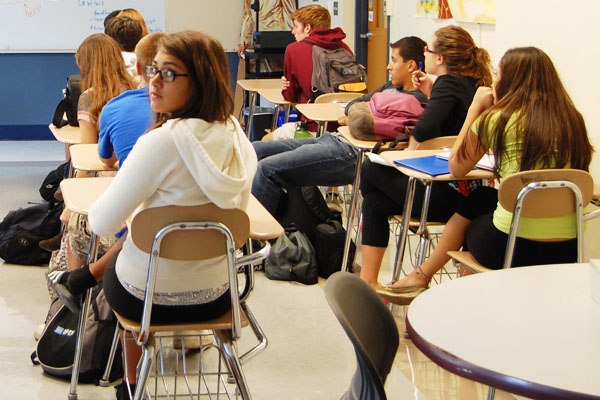

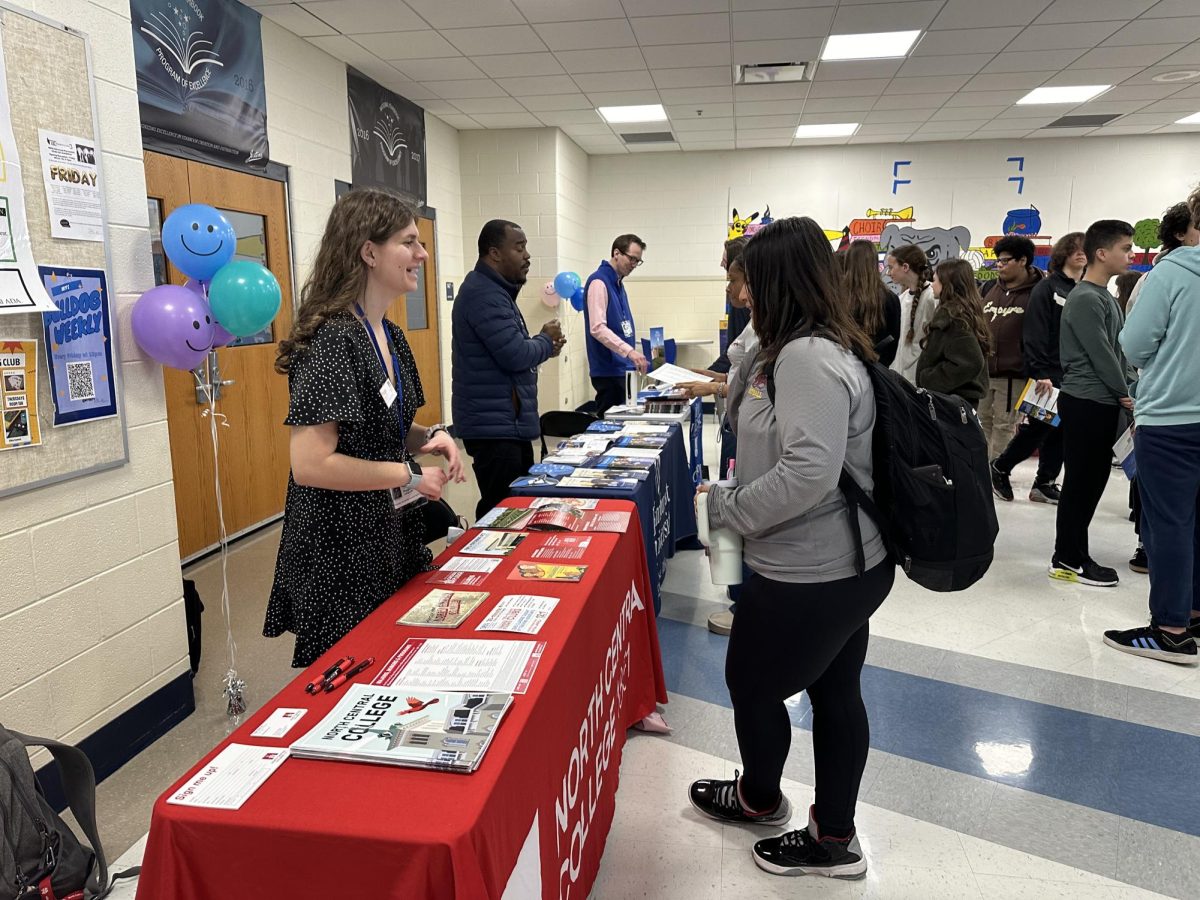
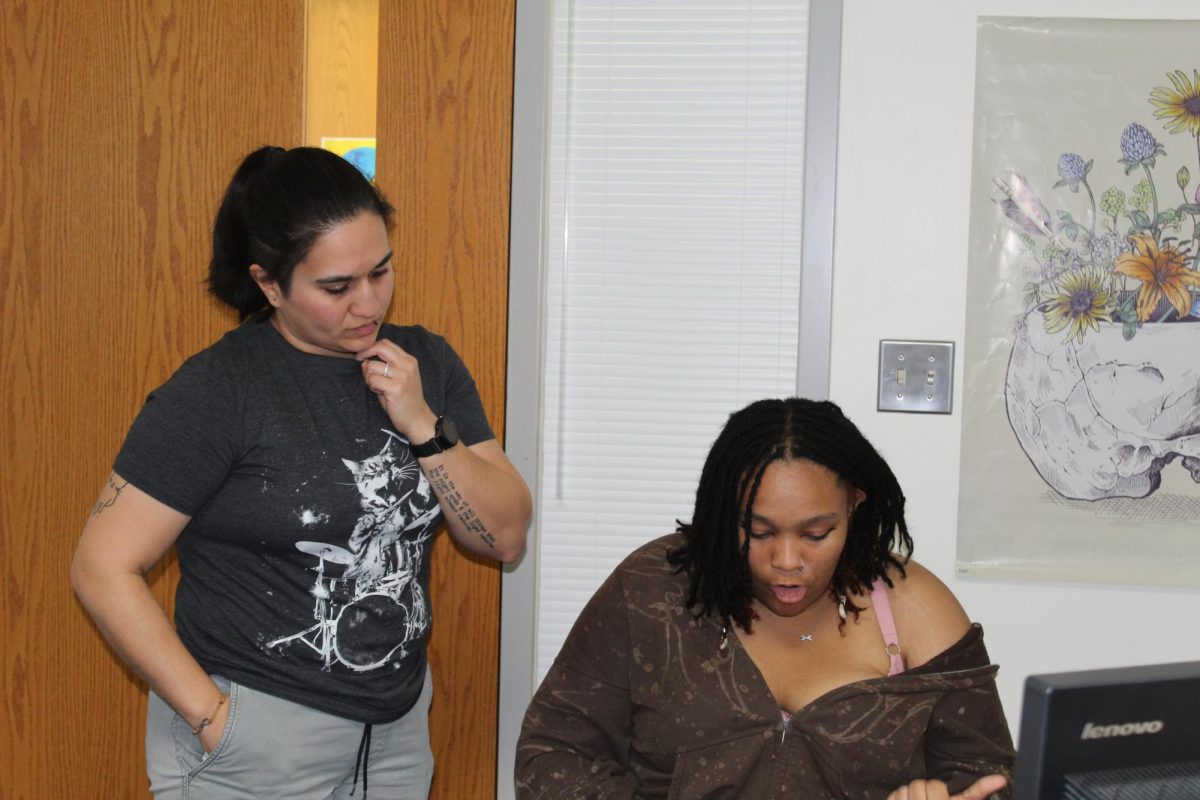
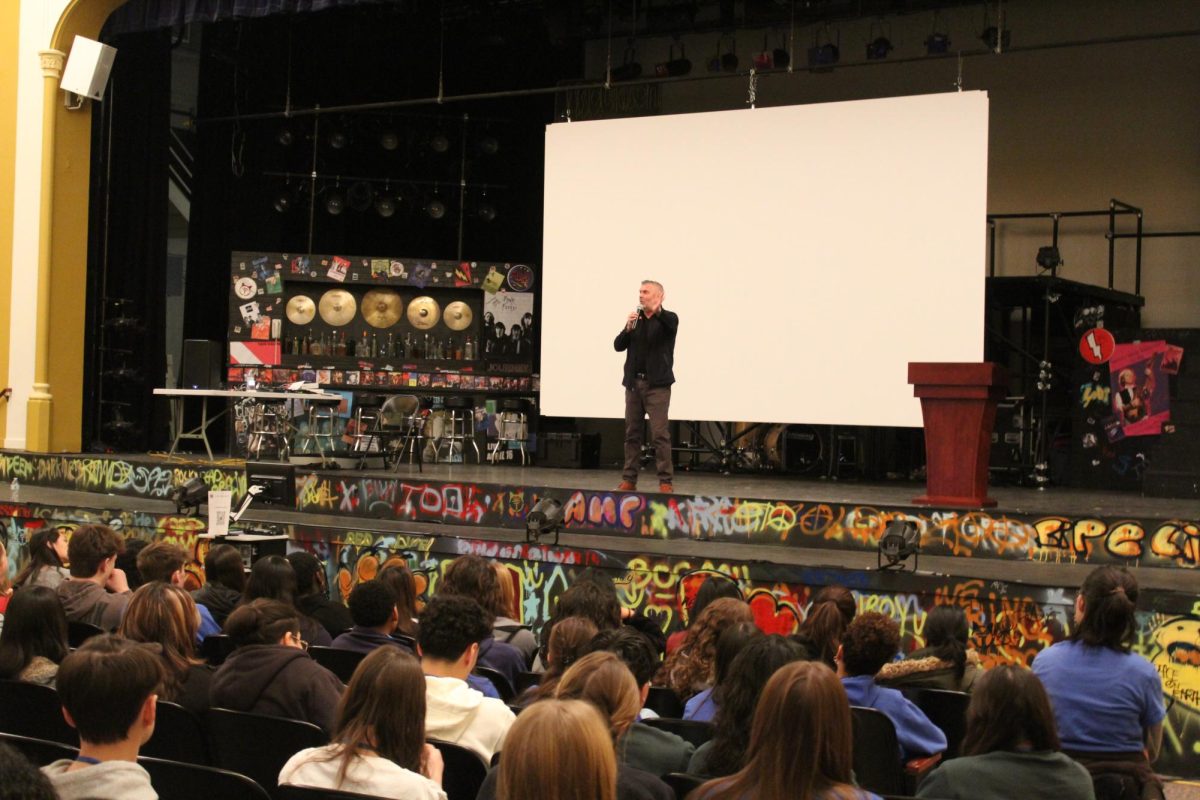
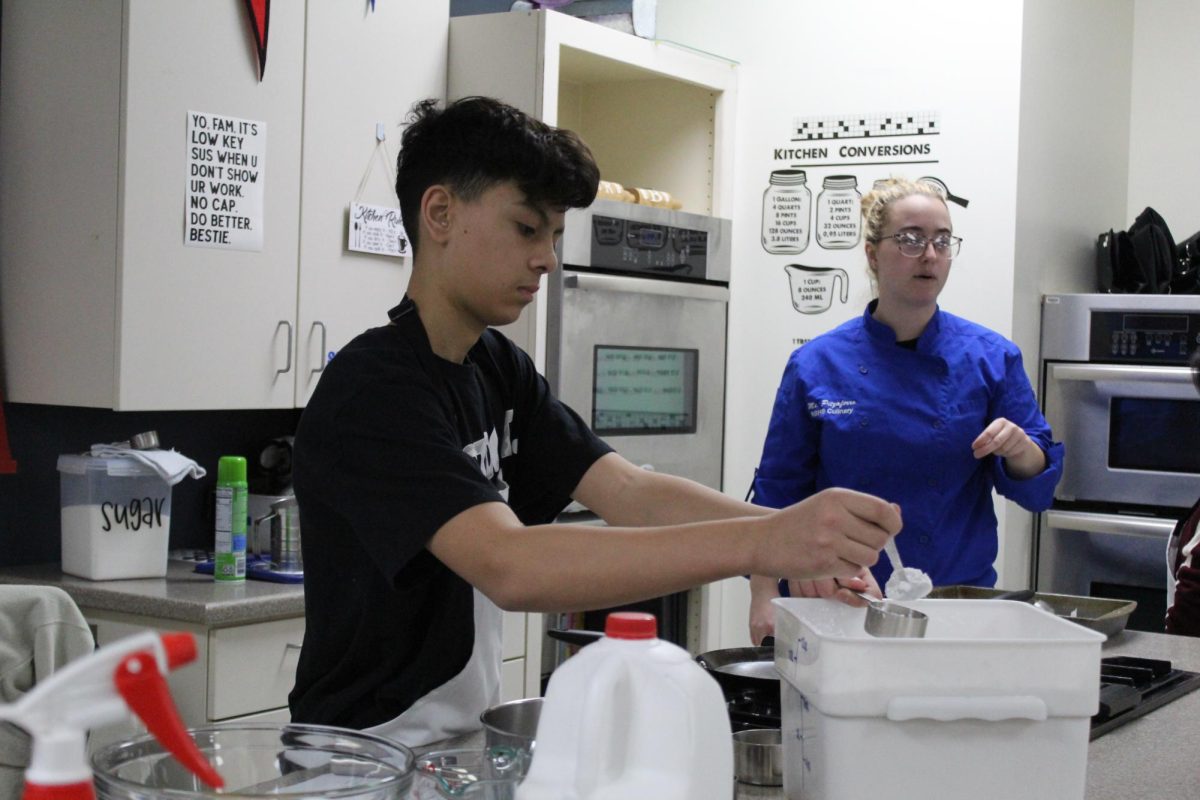




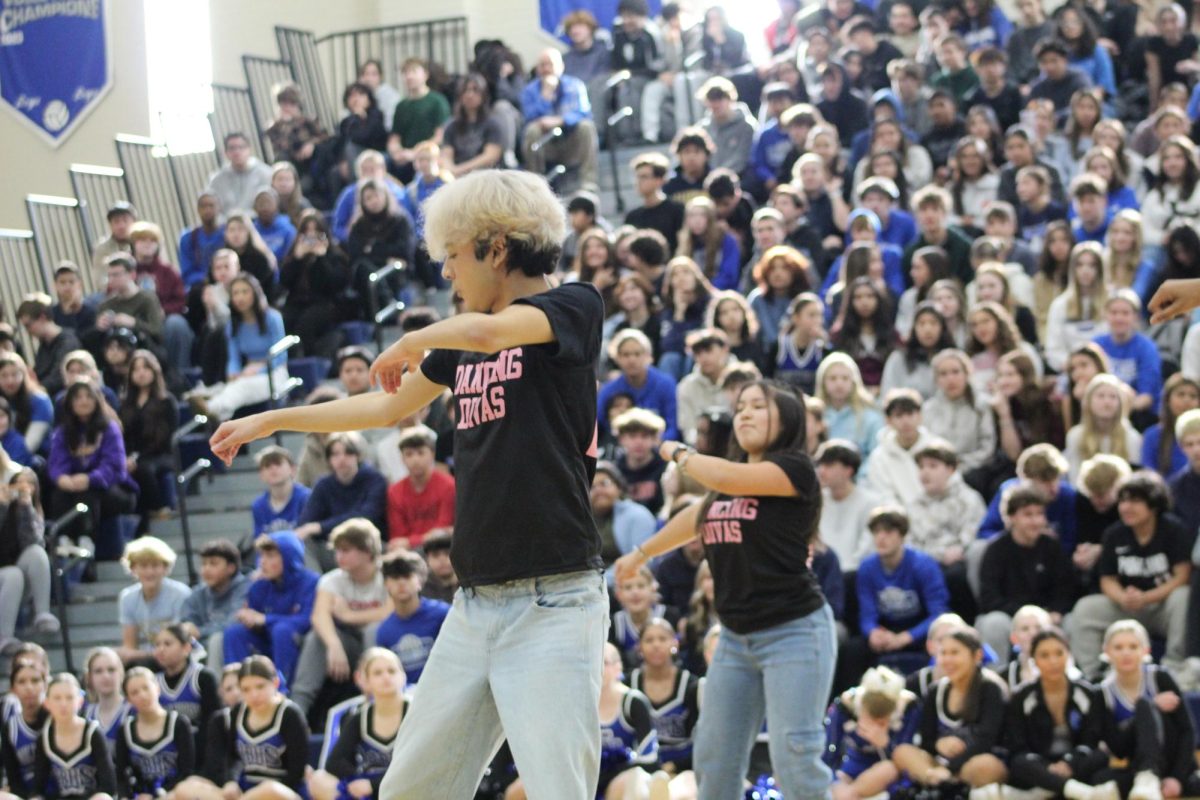


Mr. James Landahl • Oct 11, 2012 at 5:05 pm
Great article and the subject matter is an issue many school districts in the State are struggling with today. We have had the luxury of time(years to measure results) of class size and its effect or corelation to student performance. The majority of evidence points to lower class size better performance. Now your top students will perform well even in failing schools but its the average to lower end student or someone who is easly distracted that is most effected by larger class sizes less access to one on once intervention. The question any community has to ask itself; is the investment in more sections/lower class sizes worth the dividend it will pay to society if the result is a larger successful student population. Of course there are many other factors that contribute to a school that produces posititve outcomes but class size is a key performance indicator especially if your student demographic is made up of a wide variety of learning abilities. Keep doing your homework, investigate the pros and cons regarding the issue and ask questions!
Sarah Johnson • Oct 4, 2012 at 7:45 pm
Nice writing, Rachel! I am wondering about students’ feelings regarding class size. How are you all feeling about this change?
SPONSOR NOTE:
You might be interested in Opinion Editor Kate Alak’s column earlier this year:
https://rbclarion.com/opinion/2012/09/10/big-classes-no-big-deal/
-D. Mancoff